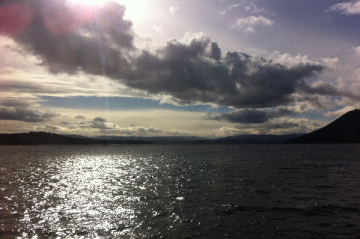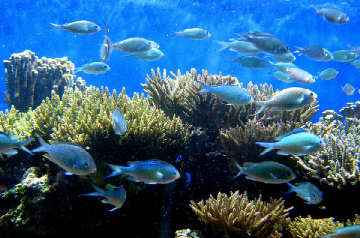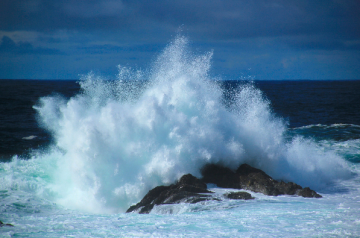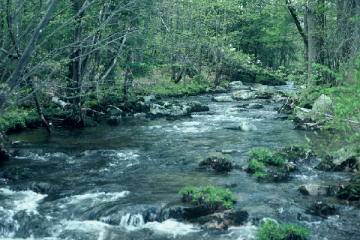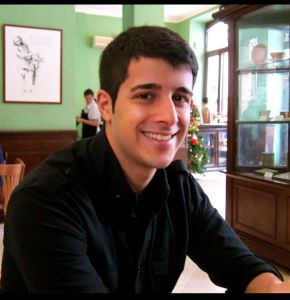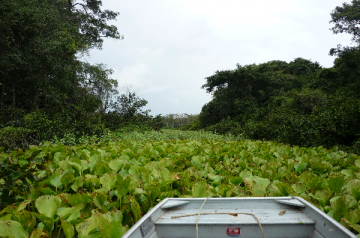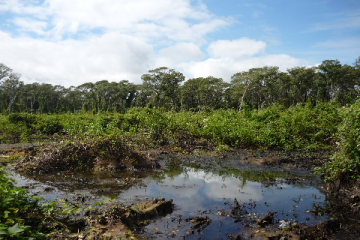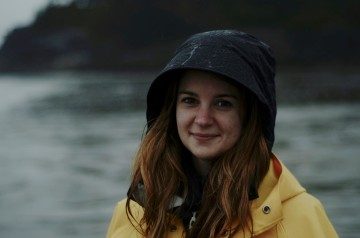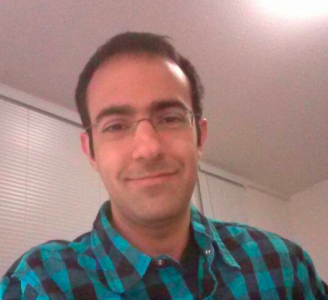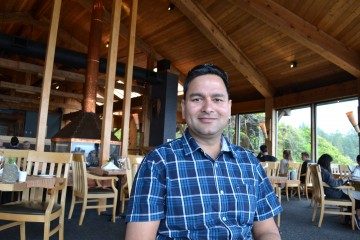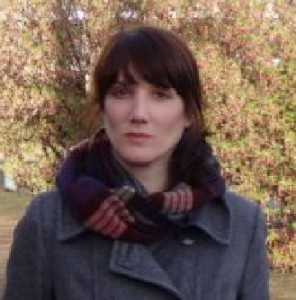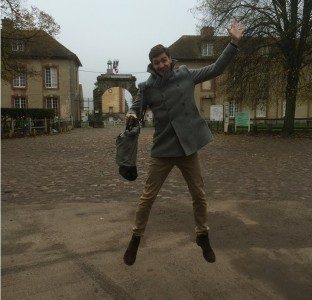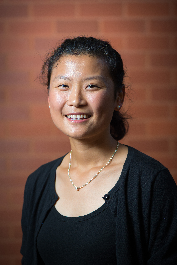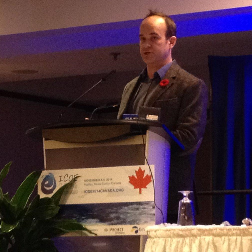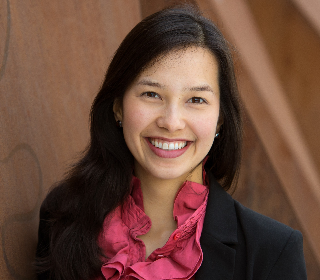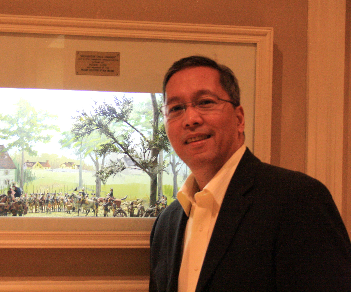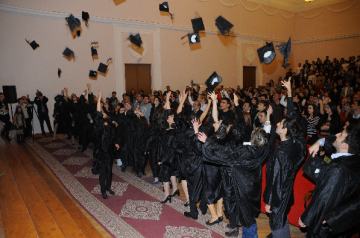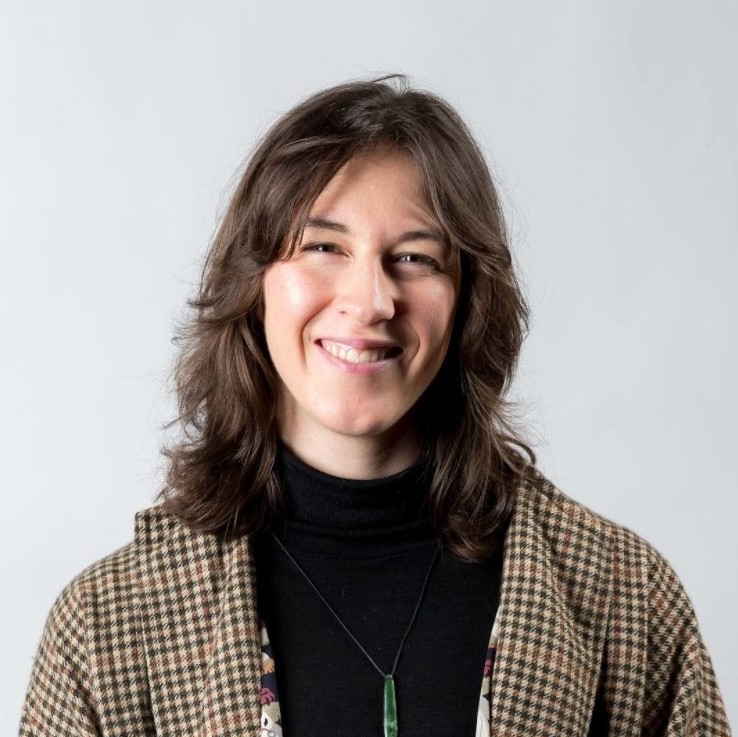Willingness to Pay for Solar Lanterns: Does the Trial Period Play a Role?
Co-Authors: Semee Yoon1, Johannes Urpelainen2 and Milind Kandlikar3
1 Graduate School of International Studies & Underwood International College, Integrated Social Sciences Division, Yonsei University, Seoul, South Korea
2 Department of Political Science, Columbia University, New York, New York
3 Institute for Resources, Environment and Sustainability & The Liu Institute for Global Issues, University of British Columbia, Vancouver, British Columbia
Abstract
Where electricity access is limited, solar lanterns are a viable and relatively inexpensive source of basic lighting for households. However, the creation of commercially viable business models for solar lanterns is difficult because the customers are poor and make decisions under tight liquidity constraints. To understand the economics of technology adoption in the case of solar lanterns, we conduct a field experiment on willingness to pay (WTP) for solar lanterns in rural Uttar Pradesh. Applying the Becker–DeGroot–Marschak method of eliciting WTP, we evaluate the ability of a trial period and postponed payment to increase sales. We find no evidence for the effectiveness of the trial period and only weak evidence for the positive effect of postponed payment. Overall, WTP for the product among the customers is low. There is no clear evidence for concerns about the uncertain quality of the product, liquidity constraints, or present-bias. In this context, policies to subsidize very small solar lanterns would not correct a market failure, as people appear to have only a limited interest in the product.
Click here to view the publication.

Photo credit: Michael Pollak from flickr/Creative Commons.
Posted June 29, 2016.
